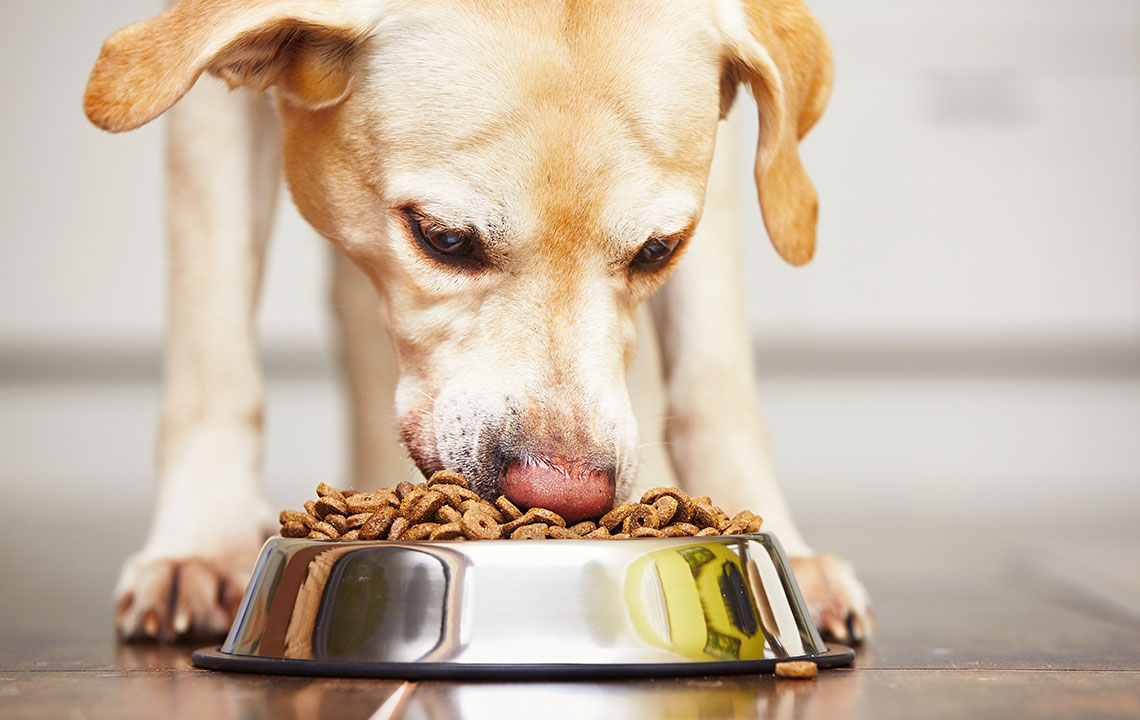Essentials to Know When Choosing Food for Dogs with Sensitive Skin
If you have noticed your dog itching and scratching themselves all the time, it’s more than just their regular playfulness. Dogs, just like humans, can have sensitive skin and be prone to several conditions which cause acute discomfort. The matter may sound relatively minor but it can make your pet quite miserable if it persists.

There are several reasons that can lead to sensitive skin among dogs. The most common factors that trigger issues like these are their diet, genetics, and the environment. Additionally, their skin may develop sensitivity over time due to problems such as wounds, flea bites, and even unsuitable products. While the veterinarian will recommend a variety of treatment forms, there are steps you can take on your own too. You can help maintain the health of your dog’s skin by feeding them food specially formulated for sensitive skin. Here are a few factors that will help you understand the essentials of whether your dog has sensitive skin and the best way to choose their food.
The symptoms of sensitive skin in dogs
Getting to the root of the issue will require you to understand and examine the signs and symptoms carefully. The earliest noticeable symptom of sensitive skin in dogs is usually incessant itching and scratching. Your pet might also rub their face against the carpet or on any surface trying to seek relief from the pain.
In particular, digestive problems are a clue that their diet is the cause of sensitive skin. You may notice loose stools and vomiting.
Can diet be the cause of sensitive skin in dogs?
As with humans, the food that your dog consumes can have a huge influence on the health of your dog, including its skin. A suitable diet with the right type of nutrition will go a long way in maintaining your dog’s health. With the market being flooded with a plethora of fancy diet meals claiming to comprise adequate nutrition, it is easy to go ahead and feed your dog the same. However, not all diet trends and foods may be suitable for their digestive system and may cause an adverse reaction. Most commercial foods are heavy in ingredients like corn and wheat that can trigger skin sensitivity and allergies.
Choosing the right food for dogs with sensitive skin
The first step involved in choosing the right food for a dog with sensitive skin is ensuring the label says, “formulated for sensitive skin”. Most foods of this type will be high-quality meat-based meals. Typically, the ingredients found in food for dogs having sensitive skin are higher in meat content, omega-3 and omega-6 fatty acids.
Meats: Not all meats are great for your pet. Unnamed meats ore often regarded as low-quality foods and it is thus important to be sure of the quality of meats added in their diet. Meats such as beef and chicken may not be the best inclusions. Protein sources such as venison and lamb are ideal for sensitive skin. Before changing your pet’s diet, it is best to consult the veterinarian as different meats may have varied effects on your dog.
Omega-3 fatty acids: Omega-3 fatty acids have a positive effect on your dog’s skin health. Ensure that it is given in the right proportion and seek the advice of a veterinarian in case of questions. Acids like eicosapentaenoic (EPA) and docosahexaenoic (DHA) improve the health of the skin and coat. Some of the common sources of omega-3 fatty acids are salmon, flaxseeds and certain types of algae.
Omega-6 fatty acids: Linoleic acid is also found to have a great effect on your dog’s sensitive skin but make sure it is not given in excess. Pumpkin seeds, tofu, and walnuts are good dietary sources of this omega-6 fatty acid.
You should also encourage your dog to consume more water as it is essential for good skin health. This might not be an easy task, but you can add in a few frozen treats or increase the content of wet food.
Additionally, you can also add supplements to your dog’s diet. There are several supplement oils and capsules that can be added to their diet as per the instructions of the manufacturer.
If you do not wish to feed your pet packaged dog food for sensitive skin, you can also opt to prepare your own dog foods and treats. This is a great option as you know just what you should and should not add as part of your dog’s diet. Most importantly, you know that the food is almost fully free from chemicals and preservatives. To make the task simpler, there are several great recipes available online that you can adopt after consulting your veterinarian.


